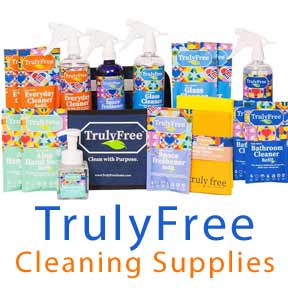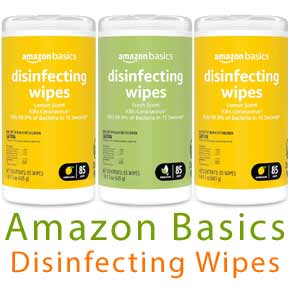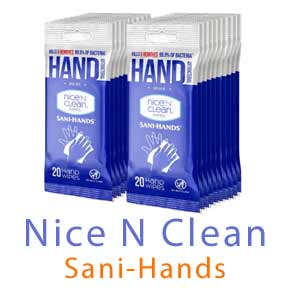Natural Stain Removers

Natural Stain Removers for Different Fabrics
Stains are an inevitable part of life, and every fabric can react differently to stain removal treatments. While commercial stain removers are effective, many contain harsh chemicals that some prefer to avoid. The good news is, your home likely already has several natural stain removers – gentle ingredients that can tackle a variety of stains safely and effectively on different types of fabrics.
Understanding Your Fabric
Before treating any stain, it’s important to know your fabric type:
- Delicate fabrics: Silk, wool, lace, and some synthetics need extra care and often require gentle or cold water treatments.
- Cotton and linens: Generally durable and tolerate most treatments, including some scrubbing and warm water.
- Synthetics and blends: Polyester, nylon, and blends may need moderate care and testing first.
Always check care labels and test stain treatments on an inconspicuous area before proceeding.
Common Household Natural Stain Removers and What They Treat
White Vinegar
Safe for cotton, polyester, and blends; use sparingly on delicate fabrics.
- Good for: Coffee, tea, sweat, deodorant, and some food stains.
- How to use: Mix equal parts white vinegar and water, apply to the stain, let sit 10–15 minutes, then blot and wash as usual.
Baking Soda
Great for durable fabrics; avoid on delicate fabrics without testing.
- Good for: Grease, oil, sweat, and deodorizing.
- How to use: Make a paste with water and apply directly; let it sit for 30 minutes, then brush off or rinse.
Lemon Juice
Avoid on wool and silk; always test first.
- Good for: Rust, ink, and fruit stains.
- How to use: Apply fresh lemon juice on the stain, optionally sprinkle salt, and let sit in the sun for natural bleaching. Rinse well.
Hydrogen Peroxide (3%)
Safe for whites and colorfast fabrics; test for colorfastness to avoid bleaching.
- Good for: Blood, wine, grass, and organic stains.
- How to use: Apply directly to stain, let bubble for a few minutes, blot, and rinse.
Salt
Safe for most fabrics.
- Good for: Fresh red wine, blood, and perspiration stains.
- How to use: Blot up as much liquid as possible, then cover the stain with salt to absorb moisture. Let sit, then brush off and wash.
Cornstarch
Best on cotton and blends.
- Good for: Oil and grease stains.
- How to use: Sprinkle on the stain to absorb oils, let sit, then brush off and launder.
Fabric-Specific Natural Stain Removal Tips
Delicate Fabrics (Silk, Wool, Lace)
- Use gentle blotting instead of scrubbing.
- Use diluted vinegar or mild detergent solutions.
- Avoid bleaching agents and strong acids like lemon juice or hydrogen peroxide unless specifically tested safe.
Cotton and Linens
- Can tolerate most natural stain removers like vinegar, lemon, baking soda, and peroxide.
- Warm water often helps lift stains, but always check the care label.
Synthetics and Blends
- Usually respond well to mild vinegar and baking soda treatments.
- Test synthetic fibers before applying peroxide or lemon juice.
How to Treat Different Types of Stains Using Natural Stain Removers
- Grease & Oil: Sprinkle cornstarch or baking soda to absorb, wait 30 minutes, brush off, then wash.
- Blood: Rinse with cold water immediately; apply hydrogen peroxide for tougher stains.
- Red Wine: Blot quickly, sprinkle salt to soak liquid, then treat with vinegar and water mix.
- Rust: Lemon juice and salt are your natural rust busters, applied and left in the sun.
- Ink: Dab with rubbing alcohol or diluted vinegar (test first), then wash.
- Coffee & Tea: Vinegar and water solution applied before washing helps lift stains.
Tips for Using Natural Stain Removers
- Act fast! The sooner you treat a stain, the better your chances of removing it naturally.
- Always test stain removal solutions on a hidden part of the fabric before full application.
- Avoid hot water on protein-based stains like blood or egg, as heat can set them.
- For persistent or old stains, multiple treatments may be necessary.
Using natural stain removers found right in your home is a safer, eco-friendly way to keep your clothes looking fresh and clean without exposing yourself or your family to harsh chemicals. With a little patience and these natural tips, you can handle most stains effectively right from your kitchen or laundry room.








